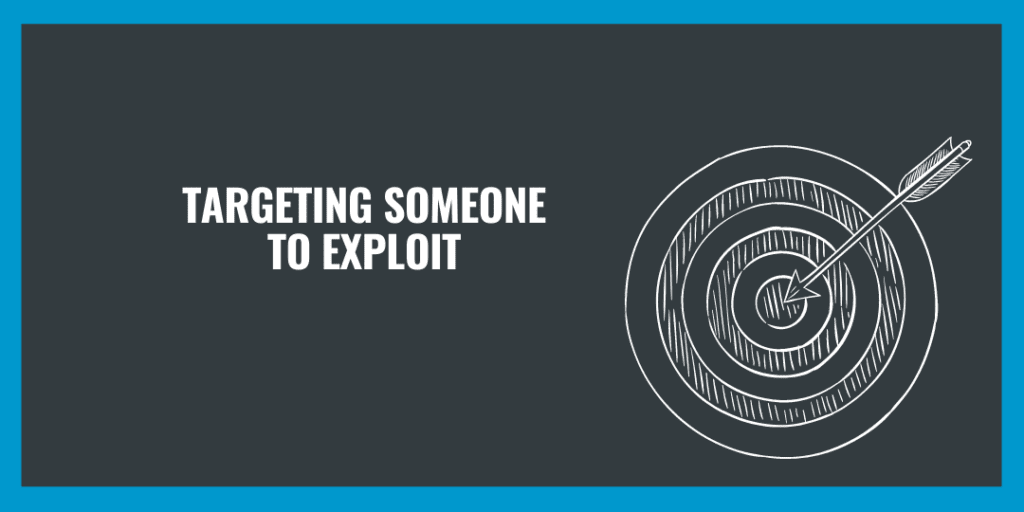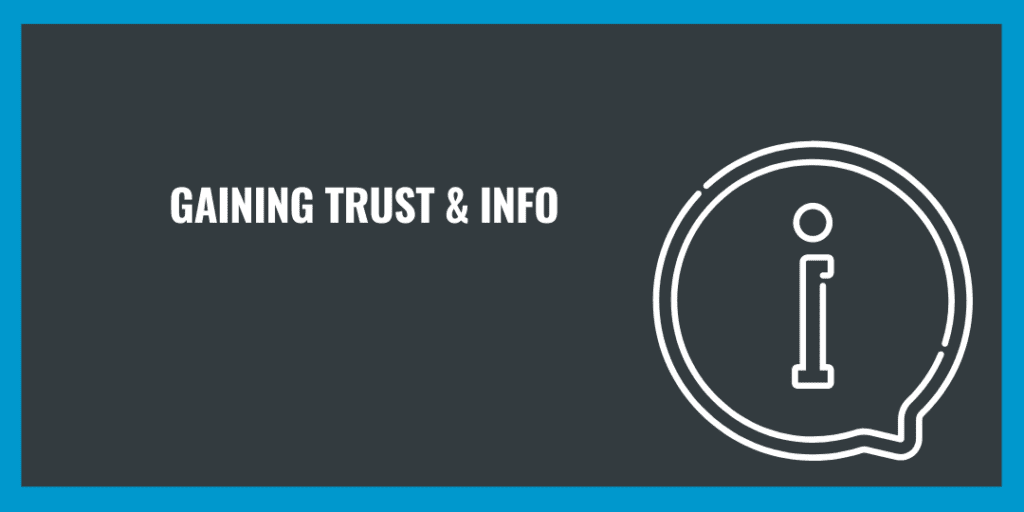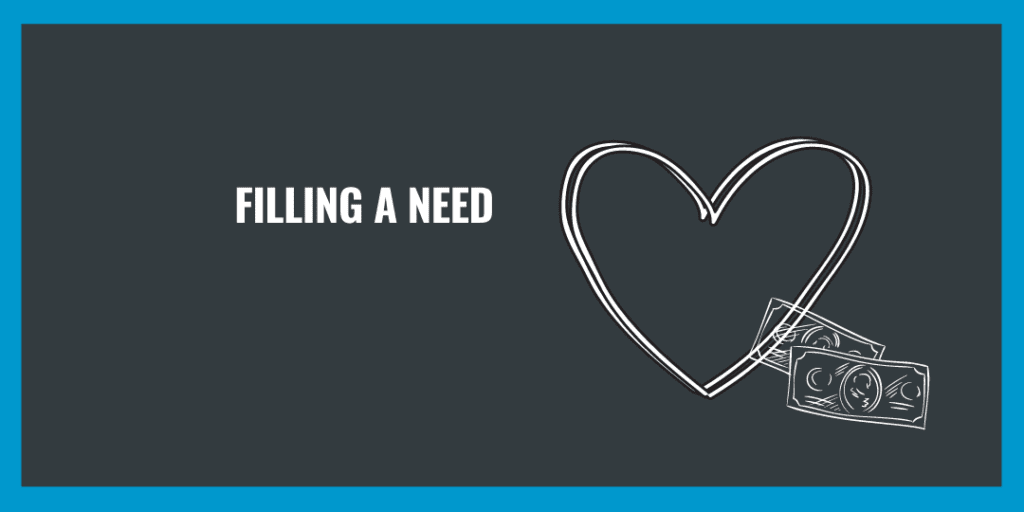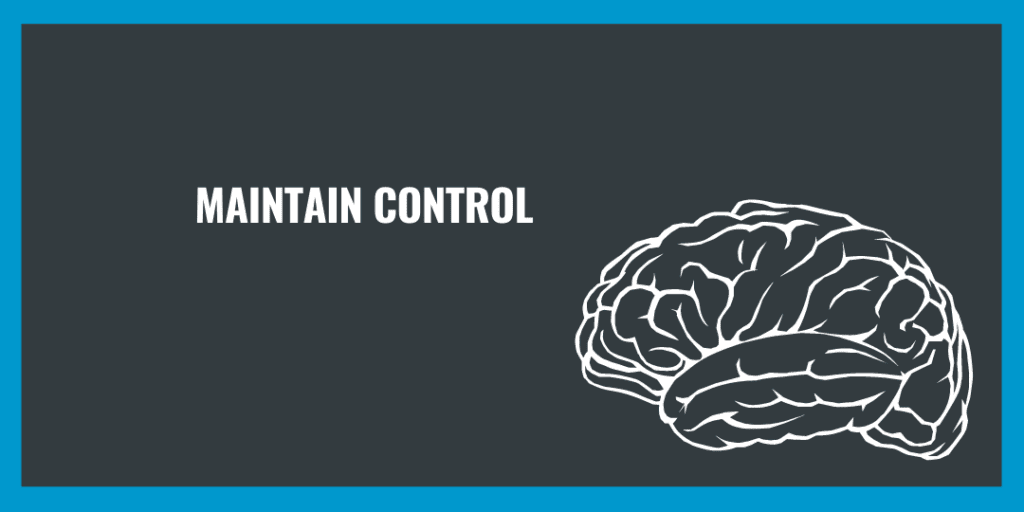THIS INFO HUB IS DIVIDED INTO 3 PARTS. NAVIGATE USING THE INDEX BELOW
How Human Trafficking Happens
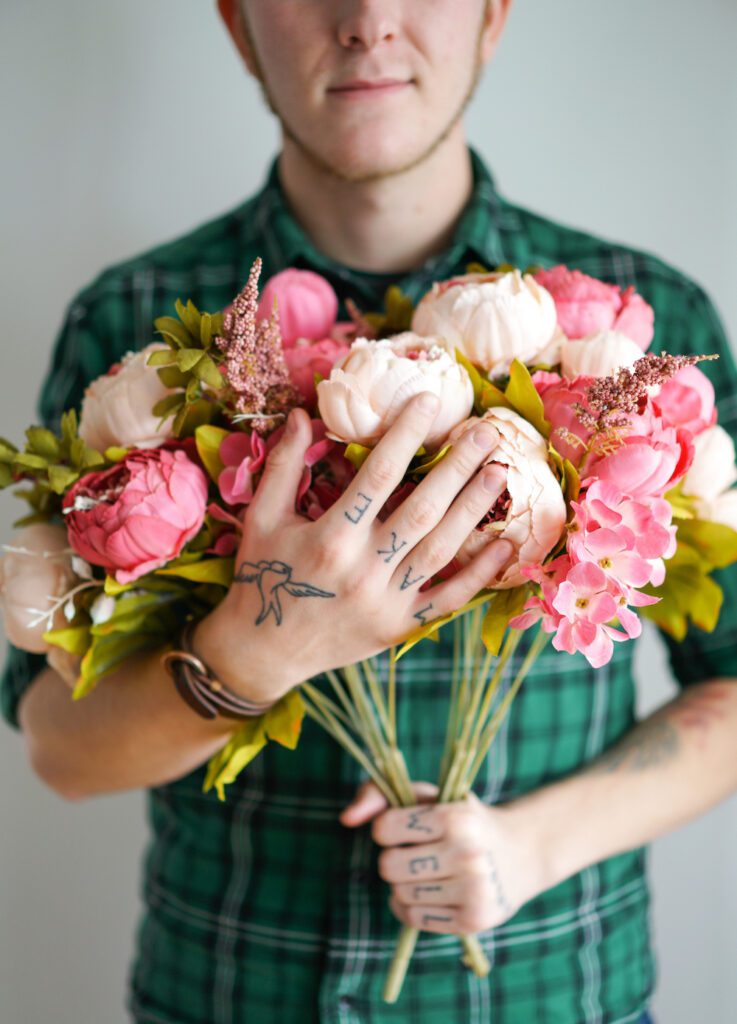
It is important to dispel the myths about human trafficking – what it looks like, who is trafficked, and how it is done. Many Canadians still think that human trafficking involves crossing international borders, kidnapping and organized crime, but it’s not always the case. The ‘face’ of Canadian sex trafficking can look very different. Right now, Aura Freedom and other Toronto grassroots groups are seeing 16 and 17 year old boys trafficking their classmates for money, notoriety and as a way to validate their masculinity. We are also seeing young women getting involved in the recruitment of those trafficked into the sex trade, even if oftentimes they are being exploited themselves.
As we’ve already said: don’t think ‘Hollywood’.
During the luring and grooming stage, a sex trafficking situation can start out looking a lot like a romantic relationship or a friendship before the exploitation begins.
Traffickers exploit vulnerabilities created by sexism, racism, gender inequality, toxic gender norms, isolation, poverty / a lack of employment opportunities, a lack of education / social supports – and loneliness. Social media is a tool for traffickers looking to exploit these vulnerabilities in youth through grooming practices, such as befriending them and giving them attention, love, stability, and gifts that they are usually unable to access in their day-to- day lives.
They get a glimpse of a “dream life” before the rug is ripped out and the exploitation begins.
Luring and Grooming in Sexual Exploitation
Luring and grooming is a process where a trafficker (boyfriend, friend, person of trust, etc.) will manipulate their victim in order to coerce them into situations of sexual exploitation. Understanding the grooming process is important because when you know what grooming looks like, you can identify it if it happens to you or others.
Grooming is a calculated process that happens over a period of time as the groomer gains the trust of their victim and moves through the cycle. Sometimes, the grooming stage can take two weeks, sometimes it can take two years. Each case is different – it’s important to not paint each case with the same brush.
Below is the step by step method traffickers often used to groom a victim.
-

Step 1: Targeting someone to exploit
First, traffickers will identify an individual they want to exploit. Generally, traffickers will target someone who is facing inequities, may have low self-esteem, may be isolated, is experiencing an economic stressor, has family problems, etc (see Root Causes and Risk Factors below.) Traffickers primarily use social media and other apps to communicate and build relationships with their victims. COVID-19 has resulted in youth spending more time online and being more isolated, resulting in an increased risk of being groomed and recruited online.
It is important to note that most often traffickers are people you know, including family members, friends, and intimate partners.
-

Step 2: Gaining trust and information
Then, traffickers gather all the information they can from an individual. This may include what school they go to, if they have a social network, where their parents work, where they live, if they have siblings and what school they go to, what their insecurities are, and any stressors or problems in their lives. Often at this stage, the trafficker will coerce the victim for sexually explicit pictures and videos which they will then use to threaten them later. Gaining trust and information is key to the grooming process as this informs traffickers what needs they can fill, as explained in the next step.
-

Step 3: Filling a need
Next, using the information gathered in Step 2, traffickers identify and fill a need in the victim’s life. This makes the victim dependent on the trafficker for anything from money and gifts, to clothes and alcohol, to friendship and love. Many times a trafficker may seem like a “great boyfriend/partner/friend” to unsuspecting friends and family because they appear to be providing their victims with support and love.
-

Step 4: Isolation
At this point in the grooming process, the trafficker will have a major role in the victim’s life. They will create time to be alone with the victim and will attempt to distance the victim from their friends and family in order to isolate them. This step is important because in isolation the trafficker has more control over the messages the victim hears and is better able to manipulate them. In isolation, no one will be able to support the victim when the abuse begins in the next step, further confirming the victim’s need for the trafficker.
-

Step 5: Abuse begins
At this stage, the abuse begins. Psychological, emotional, physical and sexual abuse are all used to further isolate the victim. Also at this stage, the trafficker also claims the victim must repay money that was spent on various gifts or necessities, whether it be clothes, rent, cigarettes/drugs, or car rides and cell phones. In most cases, the trafficker demands sex work as repayment.
-

Step 6: Maintain Control
In order to keep the victim from leaving, the trafficker must maintain control. They do this by using threats, violence, fear, and blackmail (see Control Tactics and Fear sections below). They may even use the information gathered in Step 2 to threaten the victim's friends or family. Many victims show loyalty to their traffickers even after they’ve recovered because of the insidious nature of manipulation, coercion, and the trauma bond that is formed.
"Why don't they just leave?"
Traffickers use various tactics to keep survivors from leaving or reaching out for help. Many of the survivors we’ve supported didn’t realize they had been trafficked until later on or even after they exited the trafficking situation.
Most survivors -both youth and adults- felt they were at fault for their abuse and exploitation because they never actually said ‘No’.
But the truth is, their exploitation was a slow process of coercion, manipulation, violence and blackmail and, sadly, they never had a choice.

Some control tactics used by traffickers may include:
- Psychological manipulation - Coercive Control (see below)
- Preying upon the need for approval, attachment or love
- Trauma bonds and “Stockholm Syndrome”**
- Physical and sexual violence
- Debt bondage – telling survivors they owe their trafficker money for rent, food, trips, gifts or drugs purchased for them
- Isolation – forbidding contact with friends or family, monitoring phone and internet use, or moving victims between cities and hotels
**The history behind the term “Stockholm Syndrome” has been found to be rooted in misogyny. As we are continually updating our research and exploring terms that accurately explain the phenomenon from a grassroots intersectional perspective, we’d like to highlight this article here.
- Humiliation – being berated, belittled, stripped naked in front of others
- Tech control – requiring victims to carry mobile phones with GPS tracking, using Uber to move and track victims
- Seizing official documents (passports, birth certificates) and replacing them with fake ID that make victims hard to trace
- Branding with tattoos as a sign of ownership
- Forcing survivors to commit other crimes so that they feel they cannot reach out to the authorities for help
- Creating dependency on drugs/alcohol so victims perform sex for drugs/alcohol and are then even more dependent on the trafficker
Coercive Control: A Trafficker Favourite
We can’t always “see” Coercive Control, which is an ongoing pattern of domination and control where abusive partners repeatedly and constantly engage in psychological and emotional violence using intimidation, depravation, degradation, isolation, humiliation, and more.
Coercive Control is present in most situations of sexual exploitation and human trafficking, and also in Intimate Partner Violence / Domestic Violence.
Download this educational PDF on Coercive Control below.
Fear
Above all else, fear is what keeps survivors under the trafficker's control:
- Fear of physical, sexual and emotional violence
- Fear of harm coming to loved ones
- Fear of being shamed by society and family members for being involved in the sex trade
- Fear of exploiter sharing sexually explicit photos or videos that they purposely keep
- Fear of the unknown: Who will love me after this? How will I survive? What will happen to me now? Who will hire me?
Source: Karly Church, crisis intervention counsellor and survivor of human trafficking
One of the most difficult obstacles survivors face is stigma.
Kindness and non-judgement can go a very long way in supporting survivors.
Why Human Trafficking Happens
Root Causes and The Importance of Equity
Advancing Equity
Human trafficking is a manifestation of inequity. In fact, exploitation and gender-based violence thrive in conditions of inequity and where there is an imbalance of power. Therefore, when we work to advance equity, we are working to end human trafficking.
We often hear: “Anyone can be trafficked.”
And yes, that is true. Anyone can be trafficked regardless of their age, gender, race, or ability. We have worked with survivors from all walks of life.
However, we must recognize that there are communities that are more at risk of exploitation and have historically been targeted. If your anti-trafficking work is not addressing inequities of gender, race, socio-economic status and more, then it simply won’t be effective. In fact, it can do more harm than good.
Intersectionality matters.
Examining Root Causes
There is no ‘quick fix’ to human trafficking. We have to buckle up and know that this is a long drive. If we are really going to end human trafficking, we must zoom out and look at societal power imbalances and inequities (root causes).
In societies across the globe, women, girls and gender diverse people face inequality, discrimination, violence and control. Marginalized and racialized women and girls experience added layers of discrimination and barriers to support, as well as youth in care and youth with mental health issues.
Moreover, colonialism, systemic racism, and homo/transphobia have helped to create intergenerational trauma within communities, who are targeted by exploiters. Indigenous, Black, and other racialized women, girls and youth often lack social support, leaving room for exploitation under the guise of love, community and a better life.
The root causes below must be examined when working to end sexual exploitation/trafficking:
- Gender inequality, patriarchy and rape culture and their connections to the sexual exploitation of women and girls. The hyper-sexualization of women and girls in the media and how unhealthy body images and unhealthy role models for both young women and men (unhealthy/toxic masculinity) are contributing to the problem of gender-based violence.
- Systemic racism, colonialism, ableism, xenophobia, homo/transphobia and the marginalization of certain communities, including Indigenous and Black youth and youth who identify as LGBTQ2S+. While not all marginalized youth are trafficked, it is important to understand how systemic oppressions make certain groups especially vulnerable to exploitation and trafficking.
- Poverty -which is linked to inequalities and the marginalization of communities.
- Gaps and systemic inequities and issues in social services including child welfare services, housing, education, healthcare, Police and more.
- Capitalism and its connections to human trafficking and the exploitation of marginalized groups for profit, as well as consumerism and its effects on the demand for cheap labour.
Sex trafficking is tied to oppression and inequity - by working from an anti-oppressive perspective we are able to effect change and ultimately prevent human trafficking.

Connecting the dots: So what does all this have to do with human trafficking?
Just knowing the root causes of exploitation and human trafficking, and working toward equity for all human beings, can empower people to demand better simply because they know they are worthy of healthy and vibrant lives.
Examining root causes is a cornerstone of Aura Freedom’s anti-trafficking work. This is our passion. This is our area of expertise.
"When youth feel 'seen' and valued for who they are, they become more empowered. And it's very hard to traffic an empowered person."
Marissa Kokkoros, Founder and Director of Aura Freedom
Targeted Communities
YOUNG WOMEN AND GIRLS
INDIGENOUS WOMEN & GIRLS
BLACK WOMEN AND GIRLS
LGBTQ2S+ YOUTH
YOUTH IN FOSTER CARE
A message from Marissa Kokkoros,
Founder & Director of Aura Freedom
“Human trafficking happens to people facing inequality, whether that be women and girls, Indigenous and racialized youth, children in foster care, migrants, and other marginalized communities. Essentially, it happens to people with vulnerabilities that traffickers exploit for profit.
So, if we advance equity and lift people up, we ultimately reduce trafficking because it is very hard to traffic an empowered person who is living a life of dignity and health. But this is the long-term solution. Unfortunately, there is no “Band-Aid” solution to sexual exploitation, which is why it still exists.
When we put traffickers in jail, there is simply another one coming after them doing the same thing. Just as we can see two girls leave a safe house on one day, and another two show up the next day. Why is this happening? Because we are not focusing on upstream approaches to prevent and ERADICATE exploitation. Instead, we are focusing on reacting when the trafficking has already happened.”
Citation: Marissa Kokkoros, Founder & Director of Aura Freedom
Additional Risk Factors
Everyone has vulnerabilities in life – it is a part of being human and does not mean you are weak. It is important to be aware of these vulnerabilities and how they may be targeted and exploited by traffickers. Knowledge is power.
In addition to the targeted groups and root causes mentioned above,
these are additional risk factors for trafficking and exploitation:
- Coming from a marginalized/targeted community -see Root Causes section above for details
- Child abuse
- Sexual abuse
- Entering/leaving foster care
- Entering the teen years
- Mental health, mental illness
- Precarious immigration status/newcomer
- Single parent, divorced families
- Isolation, rural life
- A lack of jurisdictional and service coordination
- Service providers who are not trained to identify and properly respond to human trafficking (e.g. law enforcement)
- Oppressive policies (governmental, social, corporate, non-governmental)
- Poverty
- Addiction
- Running away from home, being kicked out
- Homelessness
- Financial crisis, lack of job opportunities
- Dropping out or being expelled from school
- Moving to a city from a rural or Indigenous community
- Weak health, educational, and social policies
- General tolerance and normalization of sexual violence within the community
- Weak community sanctions against sexual violence perpetrators
- Lack of social support and integration, support systems
- Physical barriers, especially for people living with disabilities
Noticing the Signs
Sometimes, victims will show signs that may indicate they are experiencing exploitation or trafficking. Other times, they will not.
It is important to note that although the warning signs below may indicate human trafficking, they do not always mean that someone is being trafficked, so be sure to use them with caution. Remember the importance of refuting the patriarchal ‘victim narrative’ that has a limited view of what trafficked persons look like, who they are, or how they act.
These indicators should be used for educational purposes and not to encourage surveillance as this may negatively affect marginalized and racialized communities, such as sex workers. These signs should be used as possible indicators, not rules.
What you might see:
- An increase in school absences and bathroom breaks, returns from lunch hungry
- Drop in grades and withdrawal from social activities
- Tattoo of boyfriend’s name, symbols, wears certain colours
- Change in friends, becomes labelled as “loose”
- Drug and/or alcohol use
- Change in attire/expensive clothing
- Carries multiple cells phones with blocked numbers, taxi numbers
- Avoids eye contact, extreme mood swings
- Is fearful, anxious, depressed, submissive, tense, or nervous and paranoid
- Exhibits unusually fearful or anxious behaviour regarding Police
- Becomes protective of siblings or other family members
- Lacks health care, appears malnourished, physical signs of abuse
What you might hear:
- Talks about being in the Game, the Life or telly time, and uses different lingo/terms
- Refers to boyfriends, friends and even themselves using certain lingo/terms- this language is not always the same
- Speaks about having to make a quota or “bill”
- Makes reference to certain websites
- Speaks about how much money they make
- Speaks about hanging out in hotels and Airbnb’s
- Talks about future plans with intimate partner including quitting school
- Inability to clarify where they are staying/address
- Loss of sense of time
- Has numerous inconsistencies in their story
We encourage prevention methods that put survivors at the centre of the work, building resilience and empowerment and using grassroots approaches to address exploitation,
rather than punishment or relying on the involvement of law enforcement.
Barriers in identifying survivors of human trafficking
or for them to reach out for help and support:
- Believing their exploitation is their choice/fault - Consent vs Coercion!
- May lie or misrepresent truth when encountered by authority figures
- Will have rehearsed answers they have been manipulated to say
- Believe they will get arrested if they talk
- Believe no one cares about them
- Shame/hopelessness/undeserving of support
- May not view themselves as “victims”
Shift the language from, "Why don't they just leave?” to understanding the barriers preventing survivors from getting out.
Please note that this Human Trafficking Info Hub is not a service directory. For pan-Canadian directories on different anti-trafficking services and supports for survivors, you can visit the Canadian Centre to End Human Trafficking or Find Help/211.
Suggested citation for Aura Freedom’s Human Trafficking Info Hub: Aura Freedom. (2021, November 25). Human Trafficking Info Hub. Retrieved from: https://aurafreedom.org/
Please note this is a living website and will be updated as funding permits, and as we learn more about human trafficking, as well as curate and vet additional resources from our partners.

